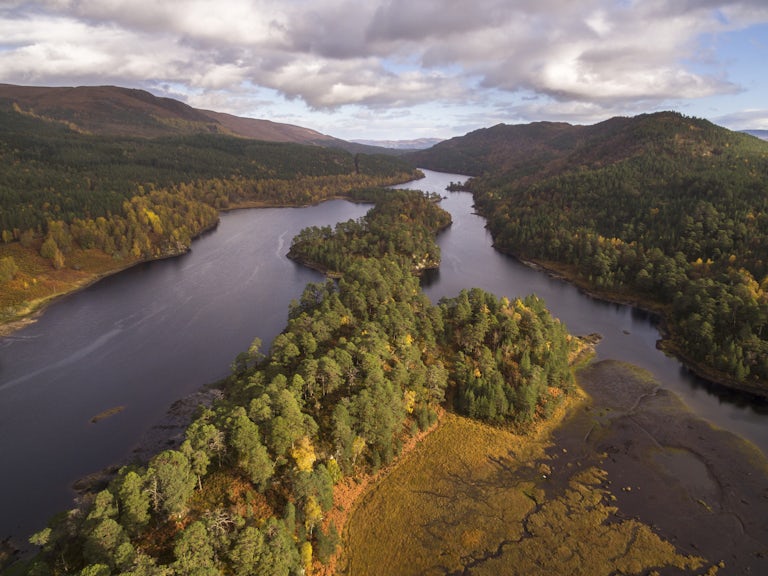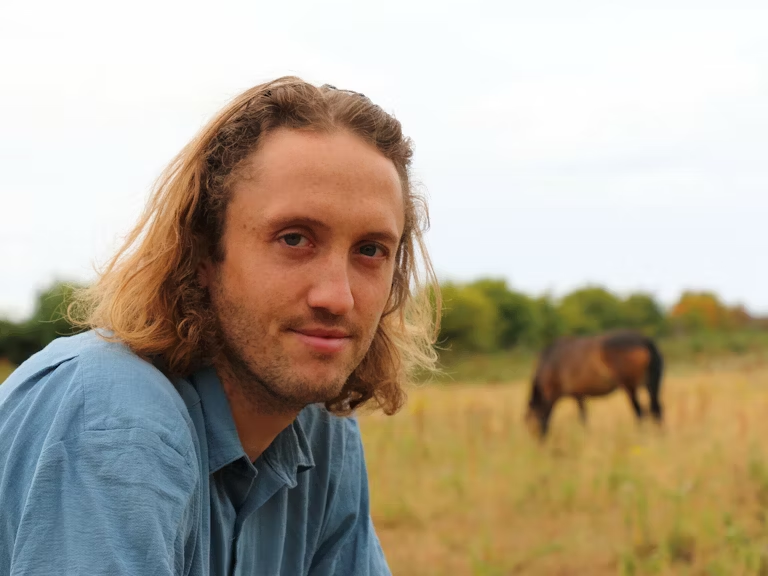How rewilding reduces wildfire risk
With the threat of wildfires growing in Britain, we look at how creating more complex, wet and species-rich landscapes through rewilding can mitigate the risk.
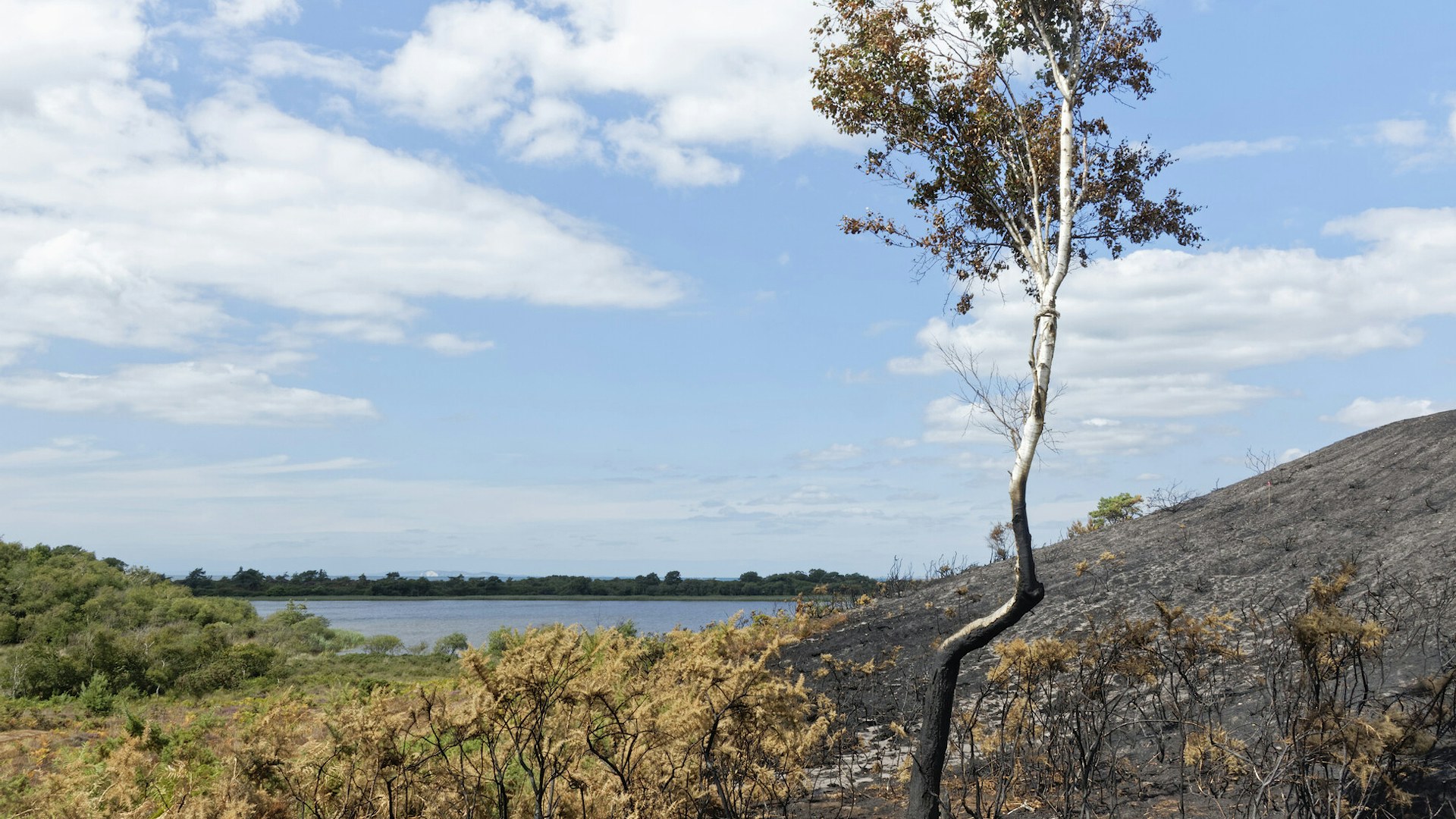
The hotter, drier conditions that we’re seeing through climate breakdown are bringing with them an increasing number of wildfires, with devastating effects on wildlife, people, property and businesses.
Wildfires have broken new records in recent years here in Britain. Several infamous moorland fires took hold in the north of England in 2018 and 2019, and by summer 2022, when the London Fire Brigade experienced its busiest day since World War Two, the overall number of fires across the country had already doubled from the previous year.
But growing evidence shows us that healthier, more diverse ecosystems – including those with a variety of vegetation, wetland habitats, key species of wildlife, and healthy water-retaining soils – are more resilient against the effects of extreme weather events like wildfires. And of course, they are exactly what we need to help prevent further climate change too.
We explore here:
why wildfires have become a problem in Britain
how rewilding offers a powerful and affordable solution
how some projects are already taking action, and the positive results
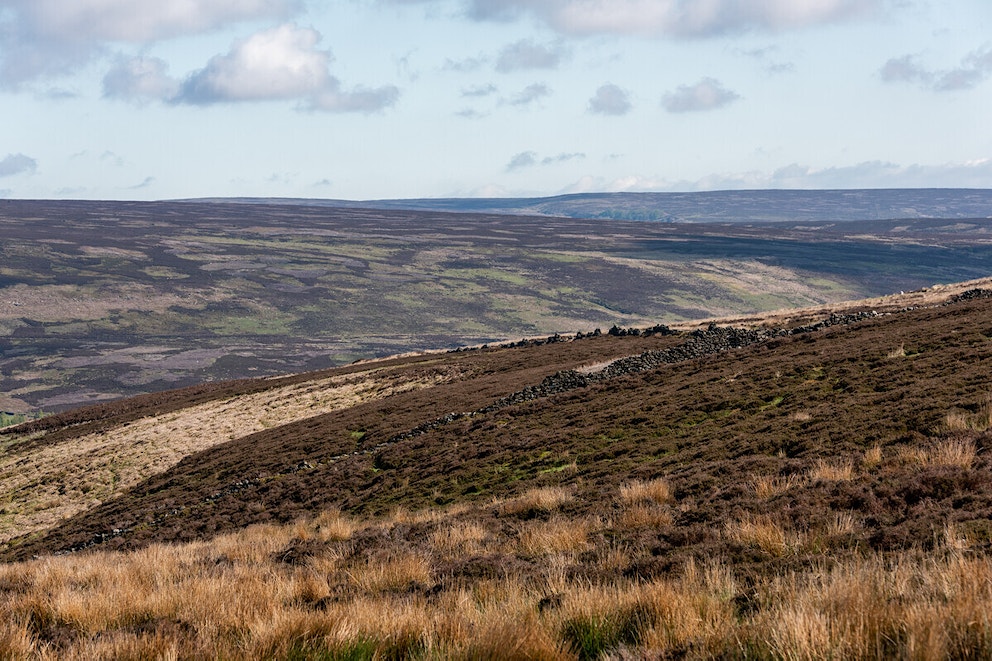
The problem: degraded landscapes
While wildfires may be an important part of the ecosystem in some climates, this is a new phenomenon for Britain and there is no benefit to nature. For example, in Australia, where many fires are caused by natural sources such as lightning strikes, plants and animals have adapted to – or even need – seasonal bushfires to regenerate. In contrast, in Britain wildfires are caused by human activity – either accidentally or deliberately.
Three key characteristics make wildfires more likely to break out in Britain.
1. Drained land is dry land
Wildfires are often worse in our damaged peatlands and moorlands, which dominate our uplands. These areas have been extensively drained to dry them out for sheep grazing, grouse shooting or plantations of non-native trees.
2. What dries beneath: unhealthy soil
Conditions below ground also have a big impact on wildfire risk. It’s harder for degraded soil to store as much water as healthy soil. Not only does the soil no longer have the structure to hold water, but compacted soils also struggle to actually absorb water in the first place, so the water simply runs off the surface. On damaged moors, the tinder dry peat inside the soil itself can become a fuel for fire, leading to the flames reigniting after they’ve been extinguished on the surface.
3. Mind the monoculture
Landscapes that include a variety of habitats like marshes, wetlands and woodlands work together to act as natural fire breaks when wildfires break out, because they all interact with fire in different ways. When we alter the land – for example, clearing a patch of scrub from an upland meadow for grazing – we reduce these mosaics.
Degraded habitats are often dominated by a lack of variety in species too, creating a monotonous landscape that allows fire to spread right through it. Think heather and purple moor grass on moorlands, or closely-spaced conifers of a similar size.
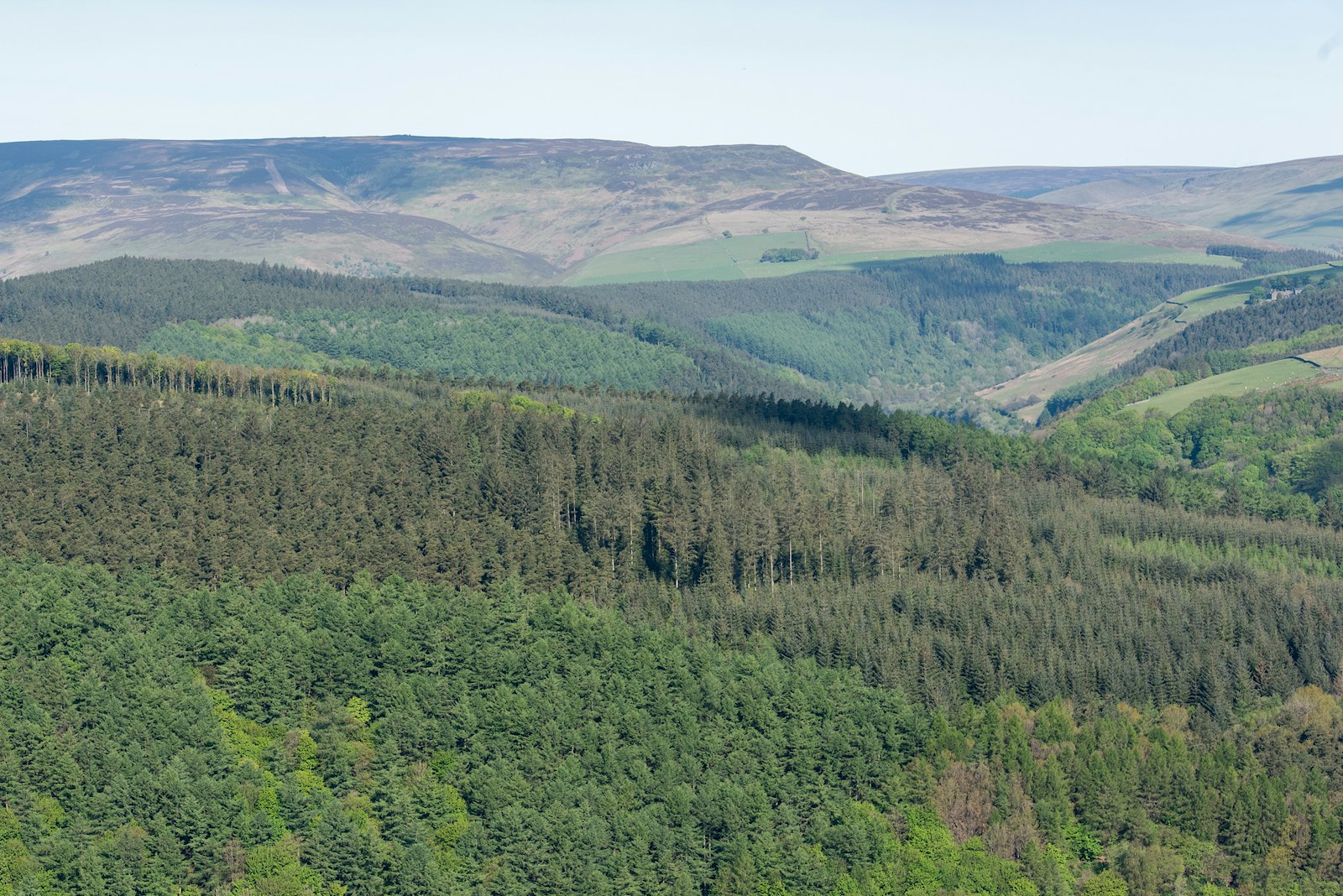
The solution: moisture, mosaics and a medley of species
More complex and resilient ecosystems reduce the likelihood of wildfires. This means restoring native habitats and their healthy, water-retaining soils, supporting our native trees and plants in all their variety, and also encouraging the return of key wildlife species such as the beaver. Here’s how.
1. Wetter is better: healthy soil and restored wetlands
Healthier soils store more water. This dampens the intensity of fires and creates natural firebreaks. Equally, wet areas within our landscapes like puddles and ponds reduce fire intensity and extent. They also provide a safe refuge for wildlife when fire does break out.
Dry heather moorlands and lowland heath are high-risk areas for fire in Britain, so we should strategically rewet them. This could mean filling in human-made ditches to stop water from draining off the land. That’s particularly important close to roads and footpaths, where forgotten barbecues — or even arsonists — cause fires.
It could also take the form of allowing peatbogs to recover. This enables them to retain more water for longer, both in the vegetation and in the peat below, making them less flammable.

Cattle power
A 2015 US study showed that cattle grazing in the winter increased vegetation moisture whilst also reducing what material was available to burn
2. Grazing herbivores
Having herbivores such as bison, cattle, horses, pigs and boars on land – in not too high numbers – creates an evolving mosaic of habitat. Research by Rewilding Europe found that where there was a mix of cattle, horses and bison, both wild and semi-wild, wildfires were less likely.
Their mosaic-making skills aren’t the only way they help stop wildfires. These free-roaming grazers also:
eat vegetation that would otherwise accumulate as fuel for fires
bury leaf litter where they dig and root around
3. Dam-building beavers
We can’t talk about habitat mosaics without mentioning beavers. Using their amazing dam-building skills – supplied free-of-charge – they create wildlife-rich wetlands and pools. This significantly reduces the risk of fire within beaver habitats and it enables river and stream corridors to act as fire breaks from one side of a valley landscape to the other.
In just a few years at the Devon Beaver Trial, beavers created a mix of wetlands, ponds, open grassland and more. That’s mind-blowingly speedy and although we can’t put all our hopes on beavers, this new habitat is already providing much-needed protection.
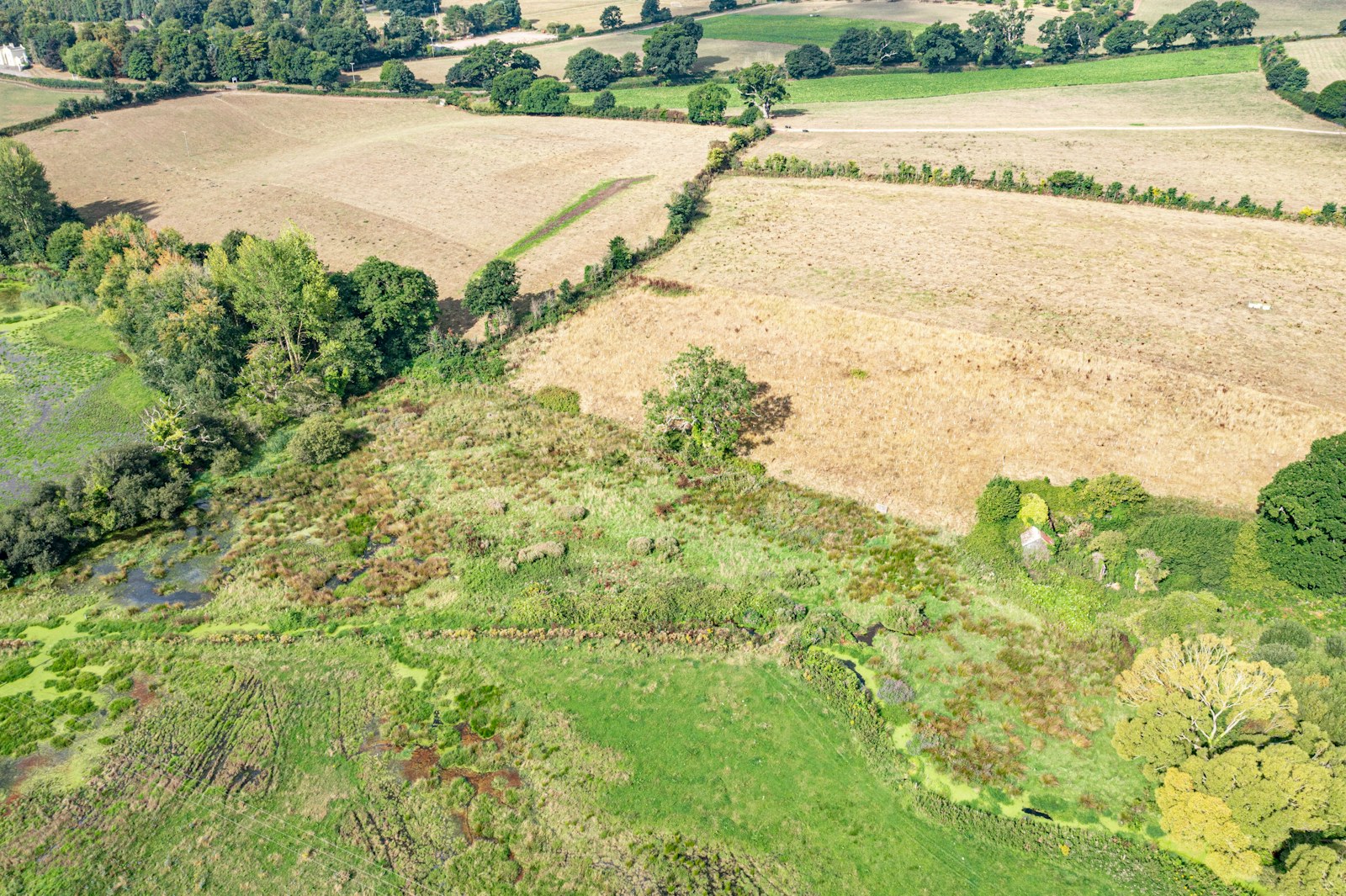
4. Proactively restoring habitats where nature needs a hand
Returning our missing native species is a vital part of restoring our habitats, but some habitats will also need a boost from humans if they’re to recover.
As well as strategically rewetting peatlands, we can put back plant species. Some plant species are less flammable or slow-burning than others, so together can slow or even halt the spread of fire. Where monocultures have been introduced, for example in conifer plantations inside ancient woodland, careful felling is needed to remove these trees to allow the native habitat to recover.
Not only are these native trees less flammable, but the diversity in species and age will also reduce the fire risk. Not to mention the food, habitat and shelter they provide to other plants and animals.
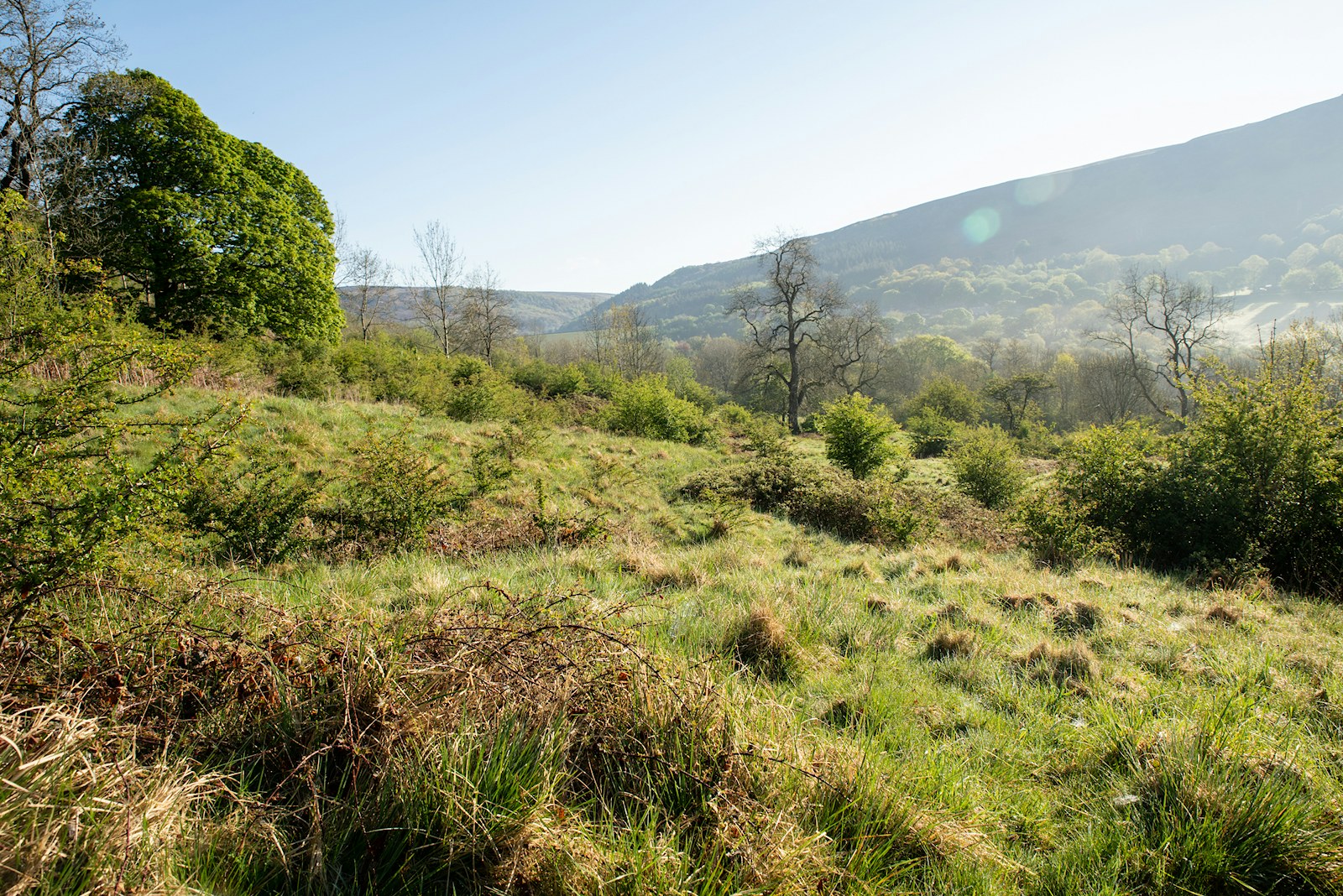
Putting it into practice: some examples
Some members of the Rewilding Network have already seen tangible connections between their rewilding activities and reducing the impact of wildfires.
Wetlands in a wildfire at Saddleworth Moor
Back in 2018 the famous Saddleworth Moor fire was found to have begun within an estate managed for grouse shooting, just east of Manchester. Within five days it had spread across 1,000 hectares onto the Dove Stone nature reserve.
The RSPB, which is managing the reserve to restore its blanket bog, reported that the wetter areas were undamaged and the vegetated gullies acted as firebreaks. The most severe fire damage was in the heather-dominated areas.
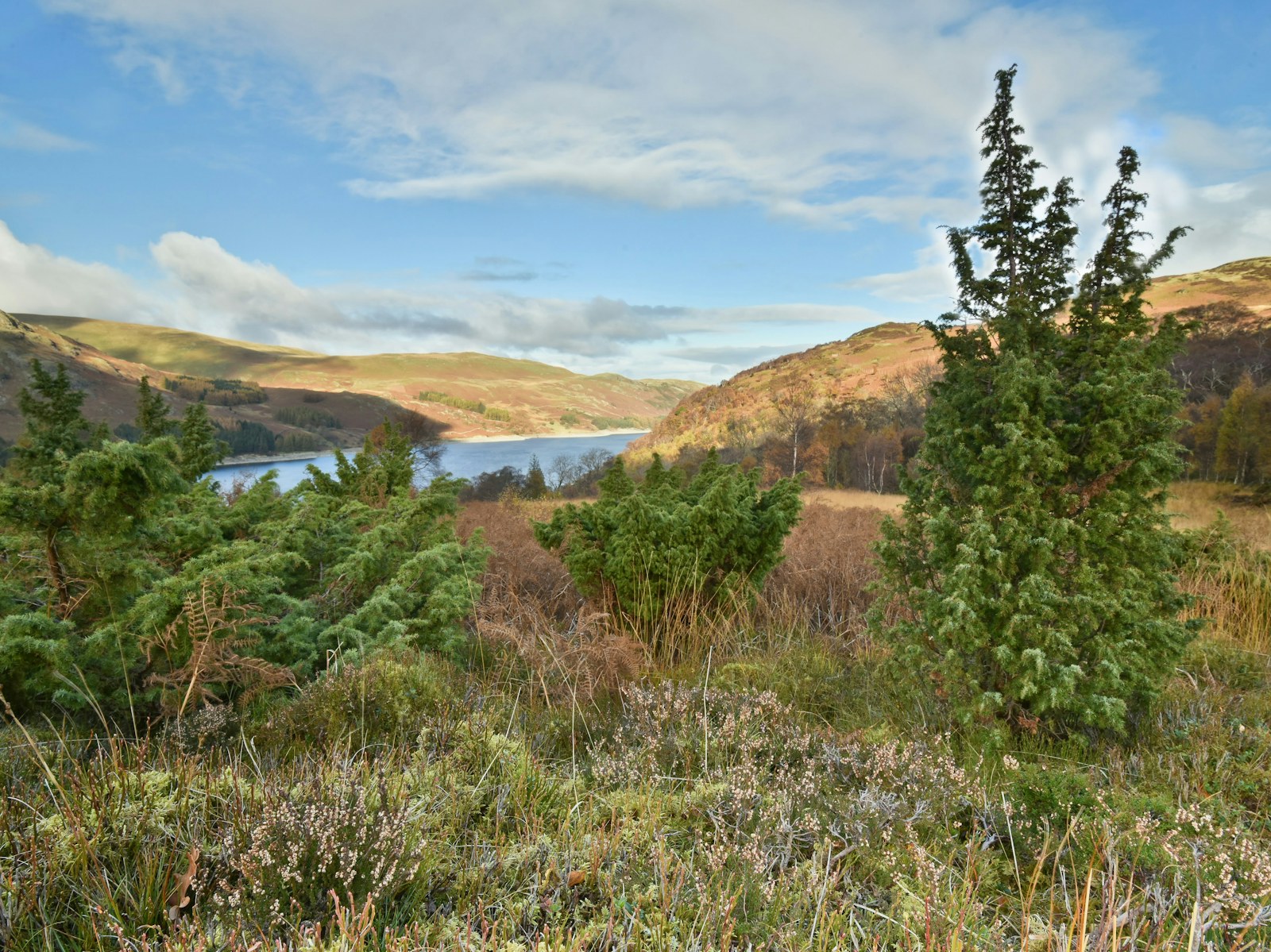
Wild Haweswater, Lake District
Wild Haweswater in the Lake District is a great example of a project that’s introducing measures to rewet the landscape, helping prevent fire.
Peat restoration has been a key part of this project, which aims to lower the risk of flash flooding and improve the water quality of the site’s reservoir. Sphagnum moss, a common component of peatlands, soaks up significant quantities of water like a sponge. The project has also reduced the number of sheep on the site, while introducing cattle and fell ponies. Blocking up drains has created pools and invited an array of wetter plants. All of this contributes to a wetter environment, where it’s far less likely that fire will take hold.
Nature-based solutions
Restoring native habitats so that soils are healthy and water-retaining, and so that native trees and plants are present in all their variety, makes landscapes less vulnerable to catching fire and reduces the chances of it spreading.
As healthy peatlands and native woodlands are also fantastic carbon dioxide sinks, the very same nature-based solutions for reducing wildfire risk also offer a longer-term solution to help tackle the causes of climate change at its very root.
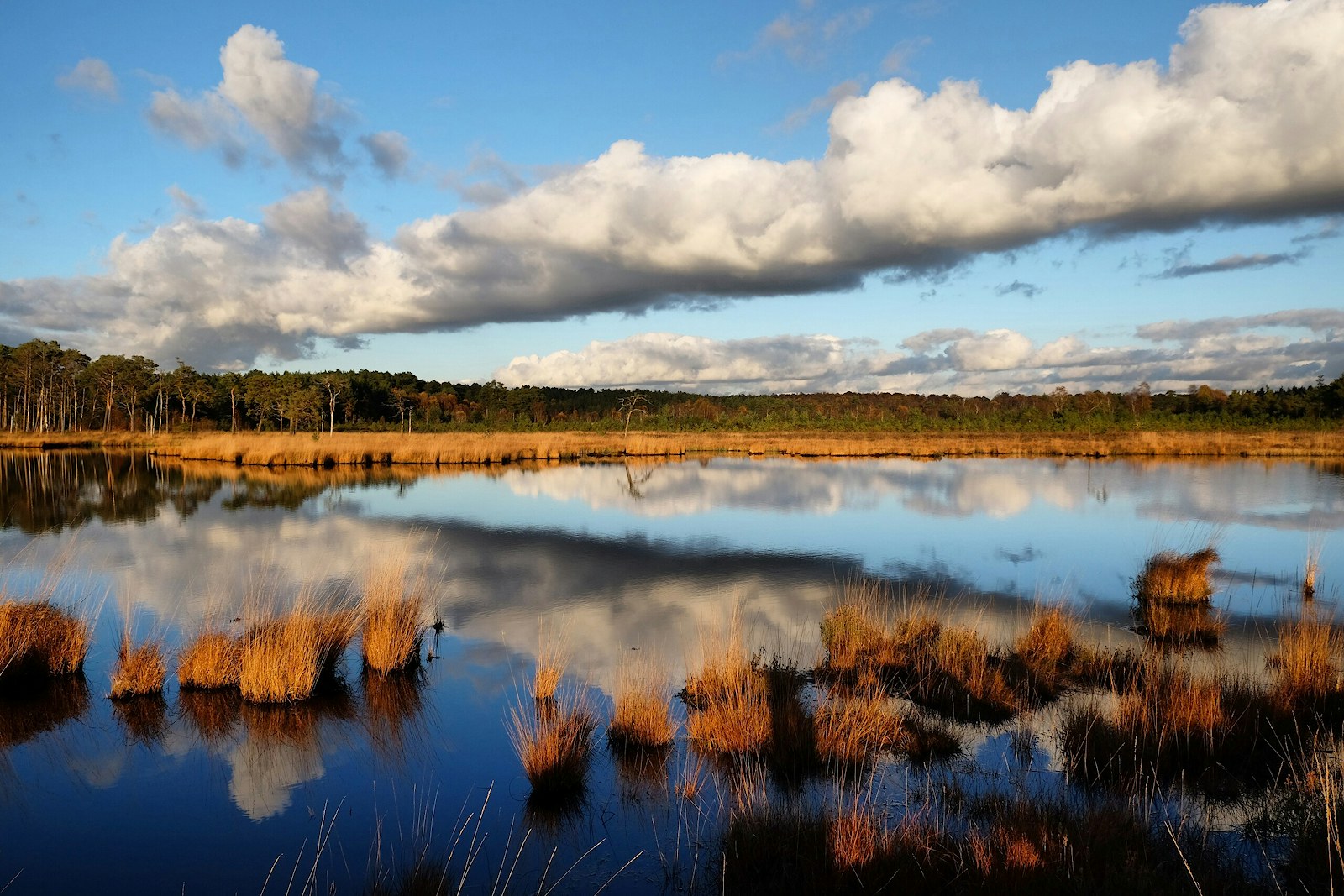
How rewilding can help address climate breakdown
To explore this topic further, we’ve put together the facts on how rewilding can help address climate breakdown.

Explore our Rewilding Manifesto
Learn more
Our vision
We have big ambitions. Find out what we’ve set out to achieve through rewilding.
Our vision
